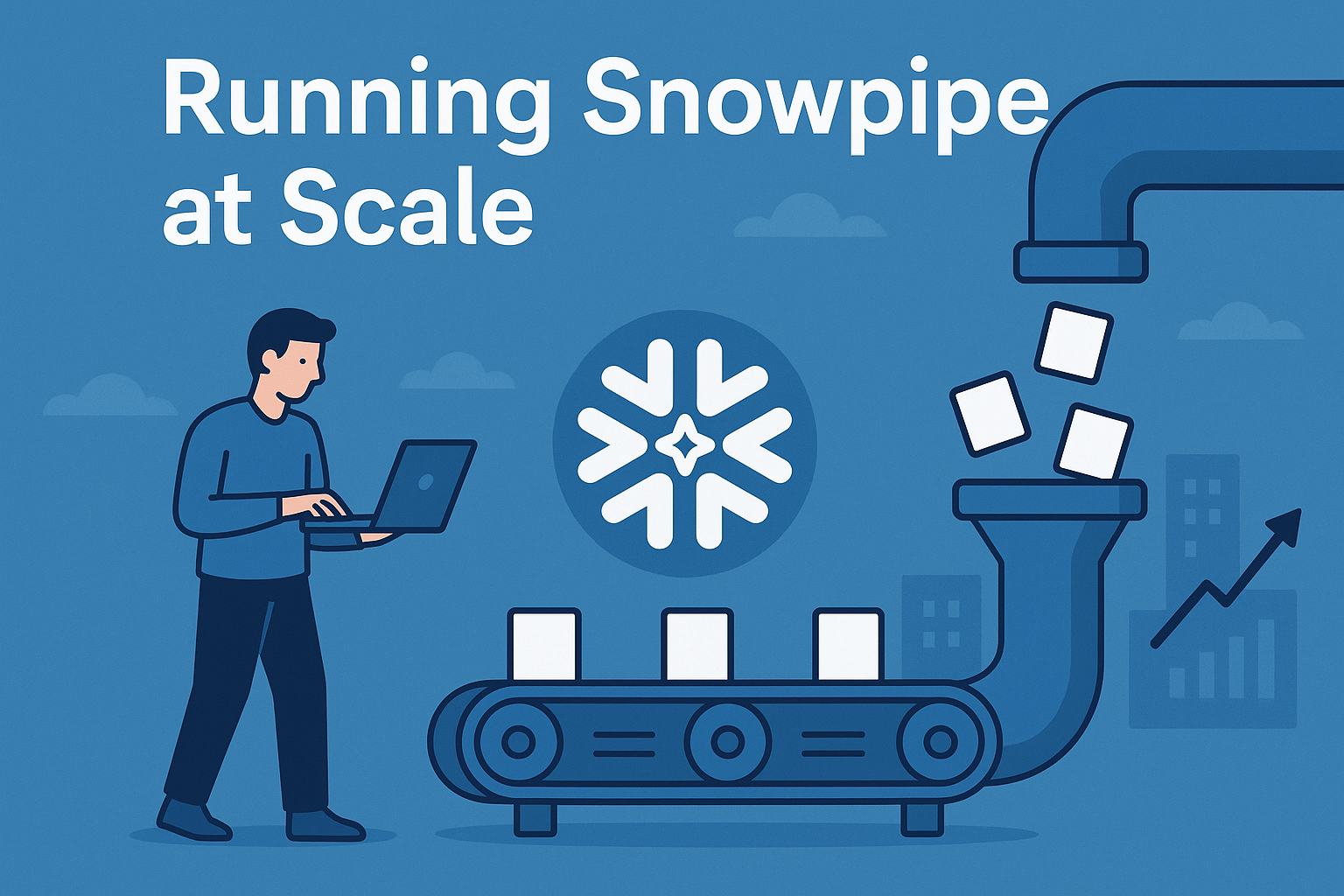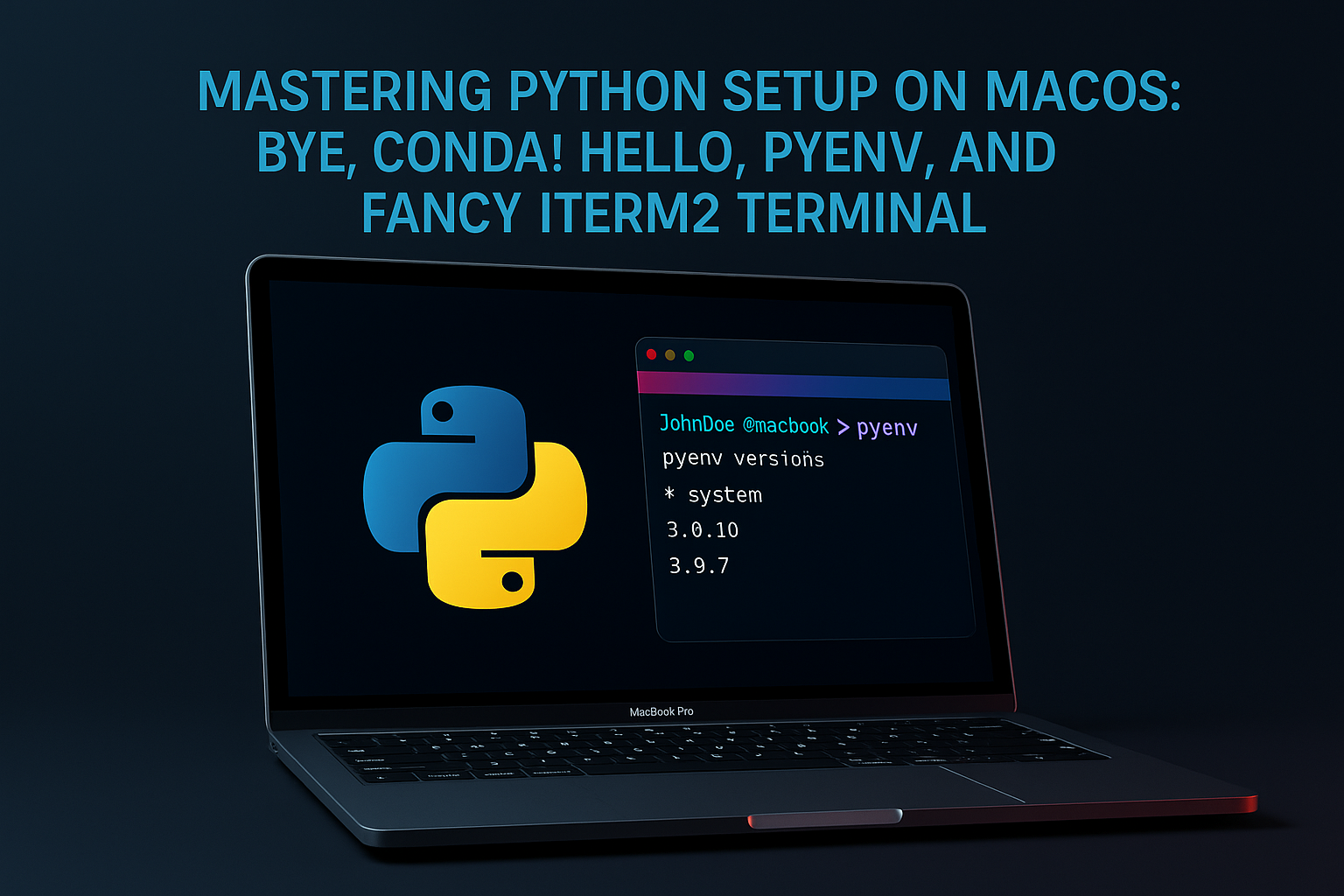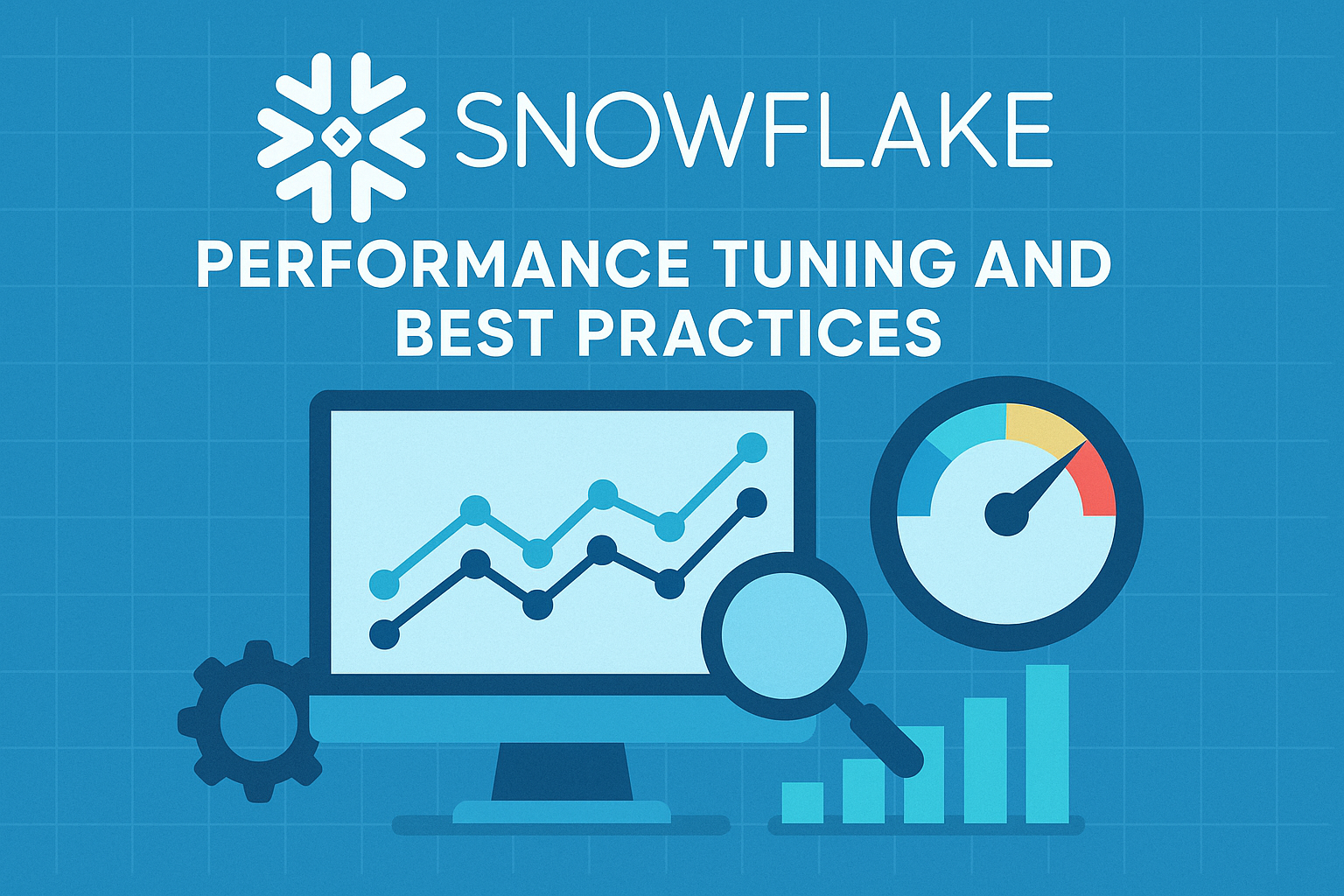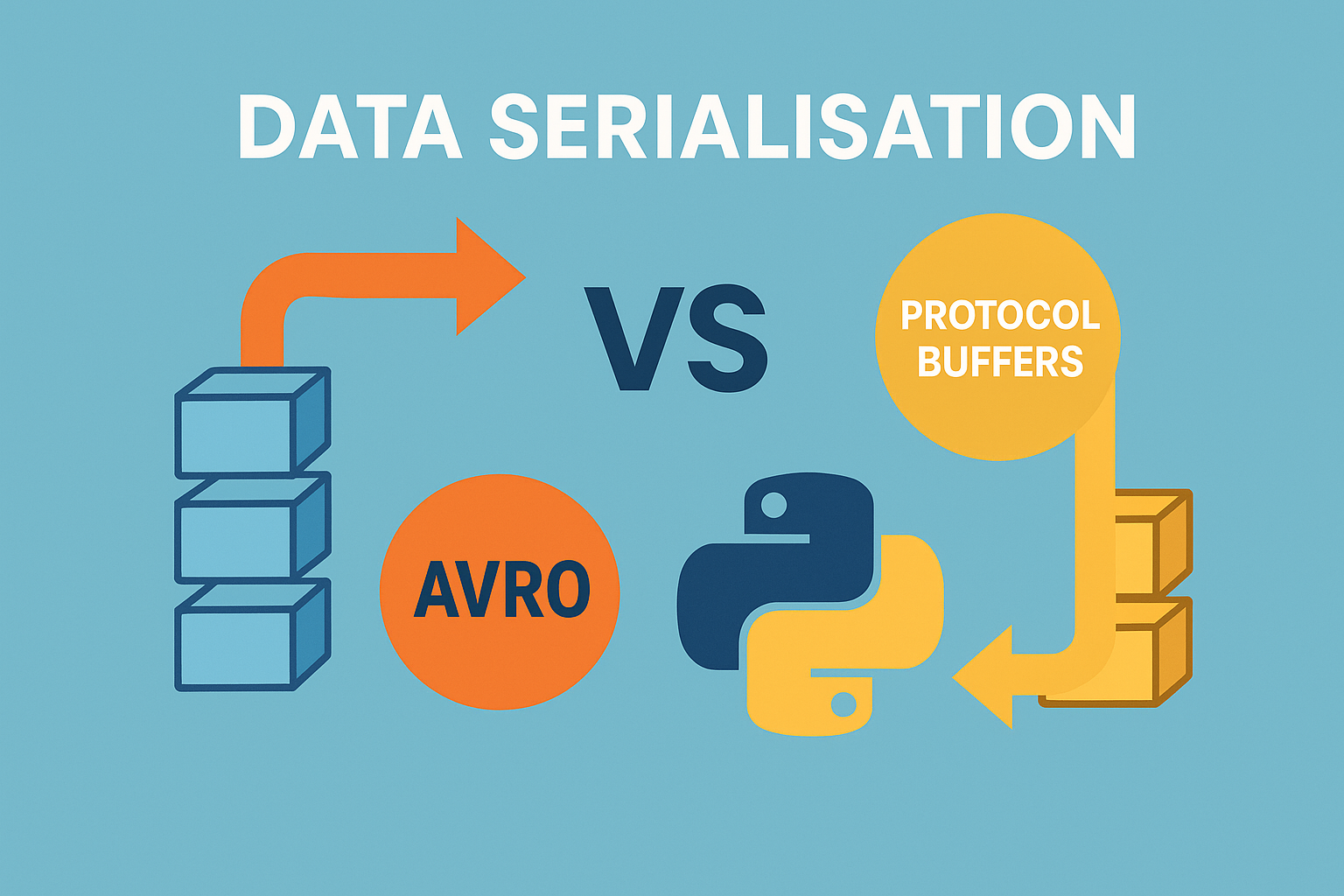What It Really Takes to Run Snowflake’s Snowpipe in Production at Scale – A Comprehensive Guide
We adopted a practical Medallion-style approach to structure our data flows – segmenting data flows into Bronze, Silver, and Gold layers. As part of this redesign, we needed to optimize how curated data was exported to Snowflake. That’s when we hit performance issues with external tables. I know the common suggestion is to use the … Read more







